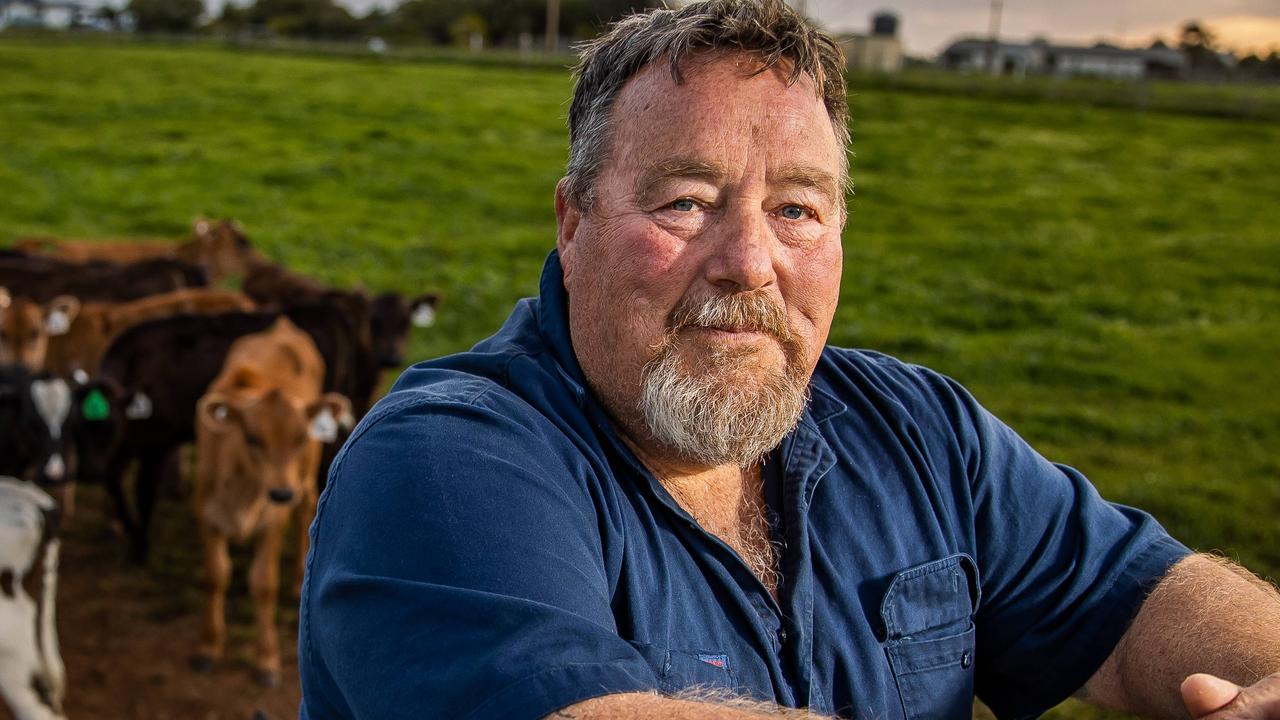Australian milk pool: Experts predict little expansion in 2021-22 financial year
Dairy Australia’s situation and outlook report released today has projected little change in the national milk pool this coming financial year.

Australia’s milk pool is expected to stay relatively stable despite increased consumer demand domestically and abroad.
Dairy Australia’s situation and outlook report released today projected between 0 and 2 per cent growth in the 2021-22 financial year, equating to a national milk pool of between 8.80 and 8.97 billion litres.
United Dairyfarmers of Victoria president Paul Mumford said the static figures were not reflective of current buoyant prices, but were the result of the 2016 clawback and the sluggish return to growth.
“In the past few seasons, we’ve seen farmers transition out of the industry for a variety of reasons,” he said.
“Somewhere around retirement age, others have gone into beef or another sector.”
Mr Mumford said it will take several seasons of strong prices for the national milk pool to grow significantly.
“Victoria’s milk pool has been static for a few seasons and its unsurprising that it’s reflective of what’s happening across Australia too,” he said.
“With the strong prices this season, we may see some turnaround but it’s not something that’ll change quickly.”
Outside Victoria, the report estimated that Tasmanian milk output would increase for a third consecutive year.
Analysts claimed that a vast majority of farmers in South Australia and western Victoria had reported profits over the past two years, with an increasing share of businesses entering an expansion phase.
“Despite a relatively dry autumn, plenty of water remains in catchment systems in northern Victoria,” the report stated. “A boost in per-cow yields is anticipated to grow the region’s milk pool.
Similarly, as livestock numbers in NSW are limited, an increase in cow yield is likely the key driver of any production response next season. “In comparison, high beef prices are expected to remain a constraint to a rebuild of the dairy herd in Queensland and are forecast to weigh on production prospects for the season ahead.”
MORE:



